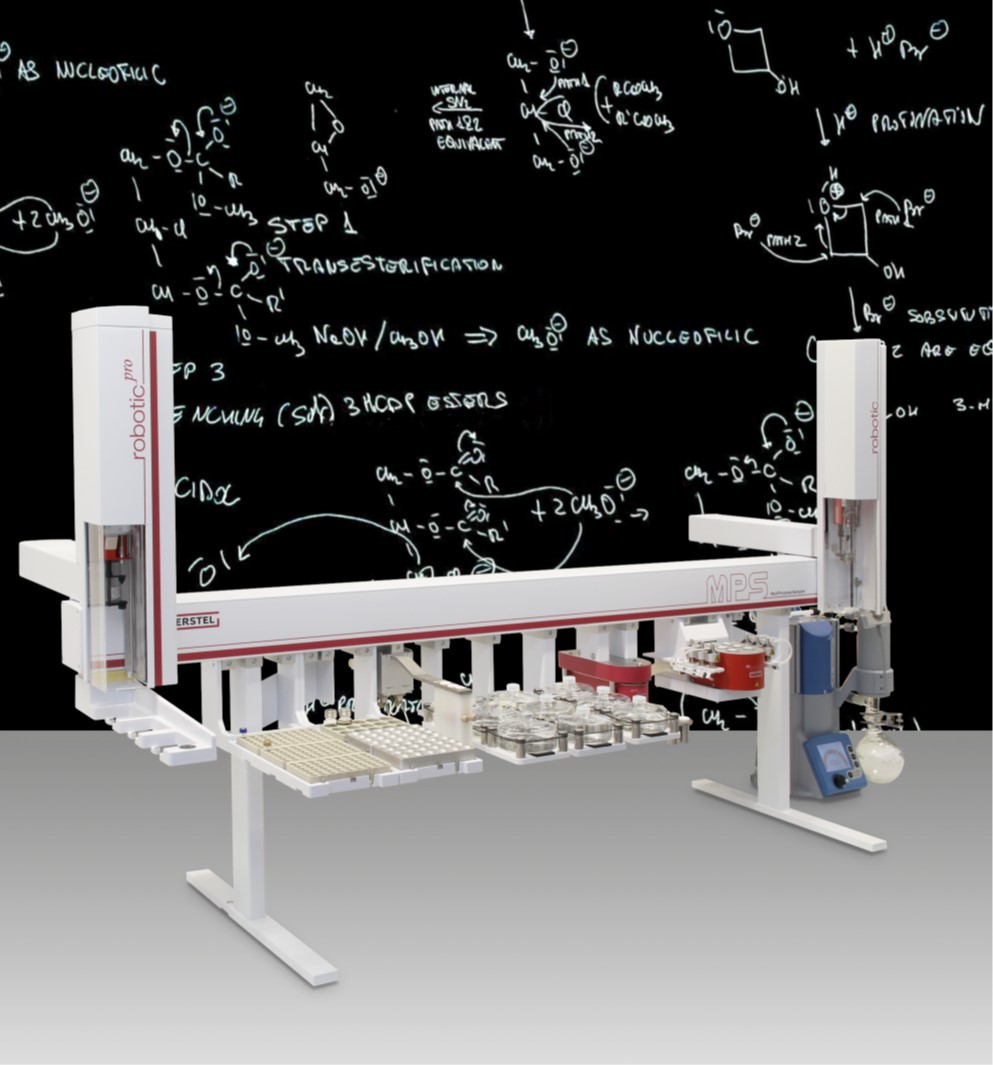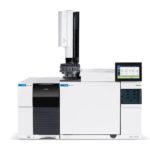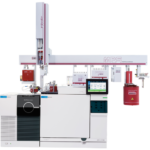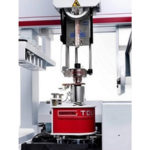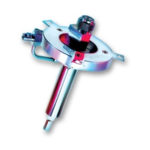Fully Automated Determination of 3-MCPD and Glycidol in Edible Oils by GC/MS Based on the Commonly Used Methods ISO 18363-1, AOCS Cd 29c-13, and DGF C-VI 18
3-MCPD and Glycidol and especially their fatty acid esters are process contaminants that are formed, for example, when edible oils and fats are refi ned. At least some of the above-mentioned substances are classifi ed as potential human carcinogens, a fact which has prompted the introduction of rules and regulations that specify tolerable daily intake values and maximum levels in edible oils. Different analytical methods are available for the determination of these compounds. These methods follow two different strategies: Direct determination or, more commonly, indirect determination of the contaminants. This AppNote describes a solution for fully automated determination of 3-MCPD and Glycidol in edible oils based on the reliable indirect method DGF C-VI 18 (10), similar to the ISO 18363-1 and AOCS Cd 29c-13 methods that are essentially identical. The edible oil sample is divided into two parts (assays A and B). Both are saponified using a Sodiumhydroxymethanol solution, but different quenching methods are used. In assay A, free Glycidol is converted to 3-MCPD using acidic quenching conditions in the presence of chloride. In contrast, for assay B, the quenching reagent is an acidic chloride free salt solution, in which free Glycidol is not onverted into 3-MCPD. Following derivatization, the 3-MCPD amounts in both samples are determined by GC/MS as Phenylboronic acid (PBA) esters. Assay B is used to determine the amount of 3-MCPD in the sample while assay A provides the combined amounts of 3-MCPD and Glycidol. The amount of Glycidol is determined as the difference between the assay A and assay B results. The work presented here involves an automated evaporation step as prescribed in the abovementioned offi cial methods. This ensures that for most matrices, the required limits of detection can be reached using a single quadropole mass spectrometer (MSD). A further important aspect of the evaporation step is that it removes excess derivatization reagent, which could otherwise build up in the GC/MS system and infl uence system stability. It is demonstrated that method ISO 18363-1, which is equal to both method AOCS Cd 29c-13 and method DGF C-VI 18 (10), can be automated using the GERSTEL MPS. The obtained results show good correlation with reference data. The excellent standard deviations achieved for the complete sample preparation and analysis workfl ow speak in favor of automation. The system is also suitable for the other two AOCS Cd29 methods:
AOCS Cd 29b-13 (SGS three in one)
AOCS Cd 29a-13 (Unilever)


